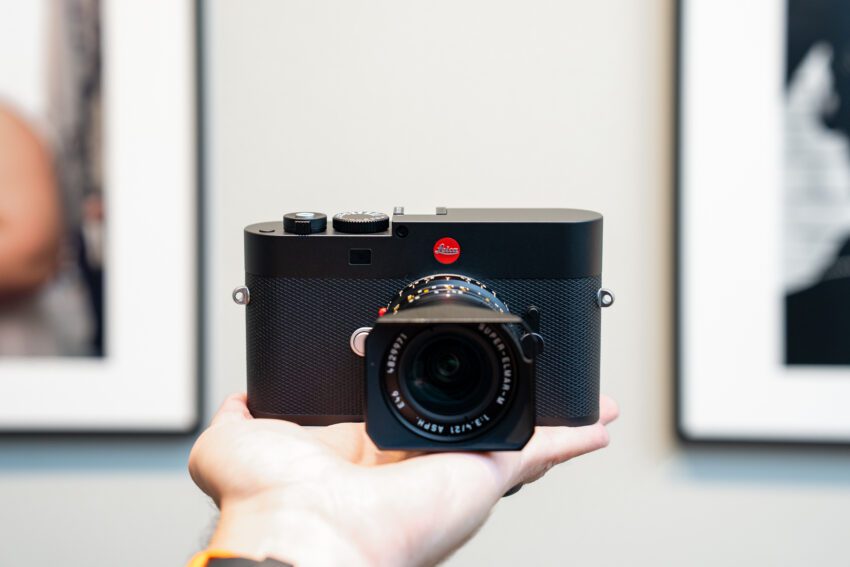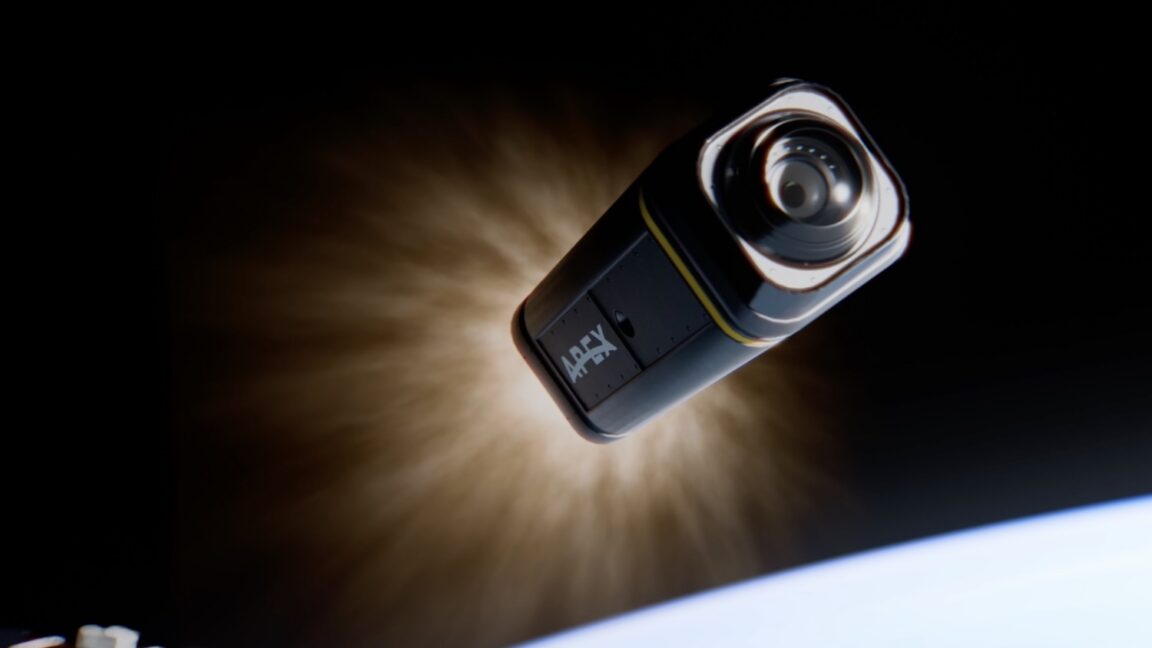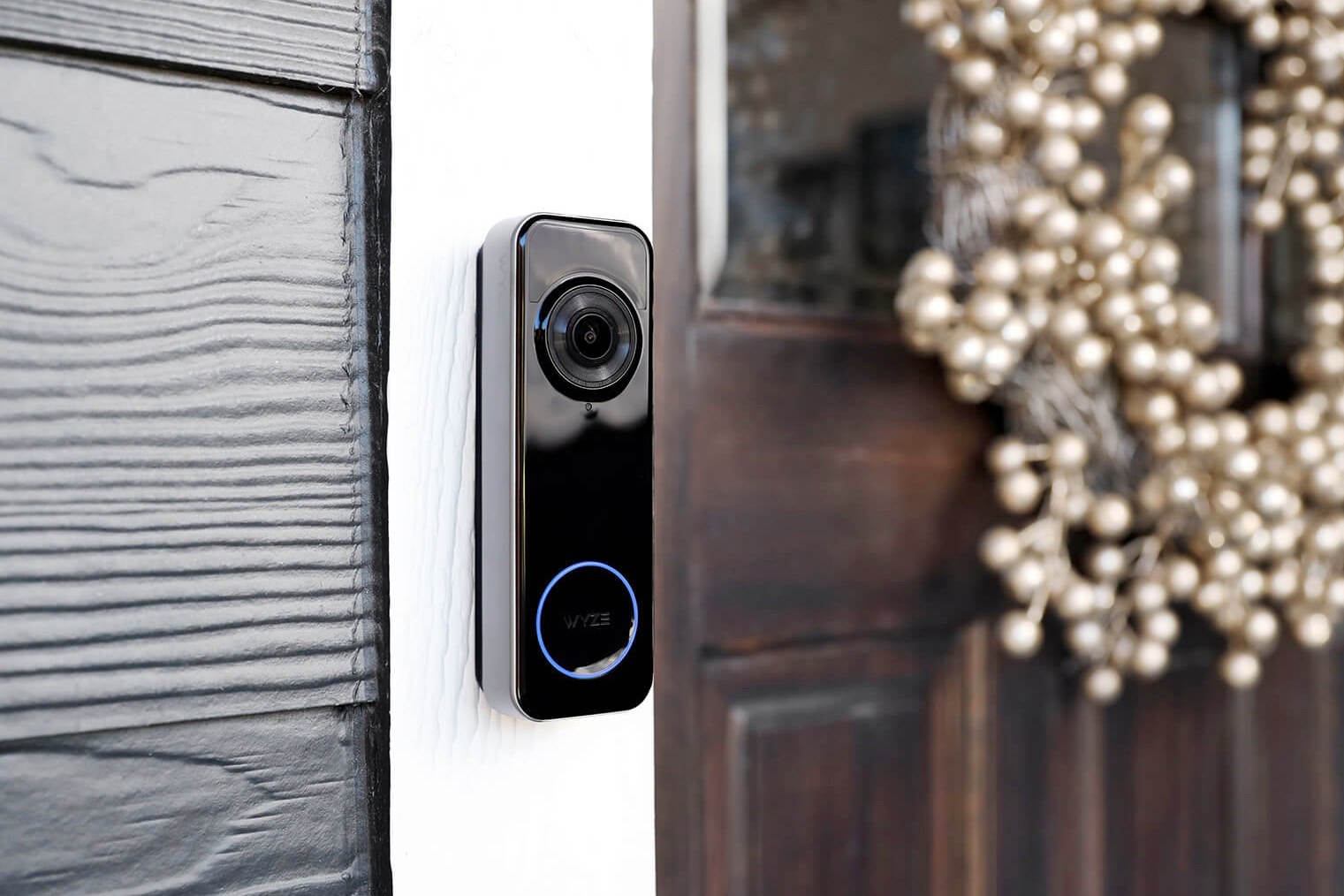
leica s new m camera drops its Leica has unveiled a significant departure from its traditional design with the introduction of the M EV1, a new M-mount camera that replaces the iconic rangefinder with an electronic viewfinder (EVF).
leica s new m camera drops its
Overview of the M EV1
The Leica M EV1 is a groundbreaking addition to the M series, marking the first time the company has opted for an EVF instead of its classic rangefinder system. This new model is based on the M11-P, which was released in 2023, but it features a notable redesign that eliminates the traditional optical viewfinder. Instead, the M EV1 is equipped with a 5.76-million dot electronic viewfinder, a change that has sparked mixed reactions among photography enthusiasts.
Launched in Europe and other markets at a price of €7,950, the M EV1 is expected to arrive in the United States later due to an FCC delay, with an anticipated price tag of $8,995. This pricing positions the M EV1 within the premium segment of the camera market, consistent with Leica’s brand identity as a luxury camera manufacturer.
Technical Specifications
The M EV1 shares several key specifications with its predecessor, the M11-P. Below are some of the notable features:
- Processor: The M EV1 is powered by the same processor as the M11-P, ensuring high performance and responsiveness.
- Sensor: It boasts a 60-megapixel full-frame sensor, providing exceptional image quality and detail.
- Storage: The camera includes 64GB of internal storage, allowing for ample space for high-resolution images.
- Content Credentials: Support for Content Credentials is included, which can be beneficial for photographers concerned about image authenticity.
- Weight: The M EV1 weighs 484 grams (1.07 pounds) without a lens, making it 46 grams lighter than the M11-P, a difference roughly equivalent to the weight of a golf ball.
However, it is important to note that, like other M11 cameras, the M EV1 does not support video recording. This limitation may deter some potential buyers who are looking for a versatile camera that can handle both still photography and videography.
Focusing Capabilities
Despite the absence of a rangefinder, the M EV1 retains the manual focus characteristic of traditional Leica cameras. Photographers can focus by viewing through the lens via the half-inch EVF or the 2.95-inch rear LCD. This live view capability allows for a more intuitive focusing experience, particularly when using ultrawide and telephoto lenses.
Historically, lenses wider than 28mm required an external finder, and focusing on longer focal lengths (90mm and above) could be challenging. The M EV1’s full-time live view feature simplifies these tasks significantly. Additionally, it facilitates easier close-focusing for recent M lenses that have a shorter minimum focus distance than the traditional 0.7 meters, as well as when adapting macro lenses from other manufacturers.
Comparison with Previous Models
While M cameras have offered live view capabilities since the M (Typ 240) in 2012, they required either focusing on the rear display or the addition of an accessory EVF. The built-in EVF of the M EV1 is similar to the one found in the fixed-lens Leica Q3, although it operates at a slower refresh rate of 60Hz compared to the Q3’s 120Hz. This difference may affect the smoothness of the viewing experience, particularly in fast-paced shooting scenarios.
Design Changes
One of the most striking design changes in the M EV1 is the removal of the traditional viewfinder window, which has been a hallmark of Leica’s M cameras. This alteration leaves a blank space on the front of the camera, which some users may find visually unappealing. The rangefinder patch window remains, but it now houses an LED light for the timer, adding a somewhat jarring aesthetic to the overall design.
Control Layout Innovations
The M EV1 introduces a new front lever that replaces the traditional preview lever used for changing framelines in the viewfinder. This lever now features two customizable function buttons, allowing users to toggle left or right to enable focus peaking and magnification. A long push in either direction brings up a menu for changing these custom functions. This innovation reflects a thoughtful adaptation of classic controls to modern needs.
Another notable change is the elimination of the ISO dial, which was first introduced in the M10. Instead, ISO control has reverted to a menu-based system accessed through a function button. This shift may be seen as a move towards streamlining the camera’s interface, although it could also frustrate users who preferred the tactile feedback of a dedicated ISO dial.
User Experience and Initial Impressions
During a brief hands-on preview, initial impressions of the M EV1 were mixed. While the camera meets expectations for a long-rumored “M EVF” model, some users found it to be a minimalistic adaptation of the M11-P rather than a groundbreaking innovation. The stark absence of a viewfinder window, along with the unchanged placement of the red dot logo, contributes to a somewhat unfinished look.
Photography enthusiasts who have long appreciated Leica’s design philosophy may need time to adjust to these changes. The M EV1 represents a significant shift in the brand’s approach, and while some may embrace the new technology, others may lament the loss of the traditional rangefinder experience.
Market Position and Pricing Strategy
The pricing of the M EV1 raises questions about Leica’s strategy in the competitive camera market. At $8,995, the M EV1 is positioned similarly to the now-discontinued M11, which launched at the same price point in 2022. This pricing strategy may serve to protect the value of traditional M cameras, especially if Leica discovers that a substantial segment of its customer base prefers the EVF over the classic rangefinder system.
While the $845 difference between the M EV1 and M11-P is notable, some potential buyers may have hoped for a more significant price reduction given the absence of the mechanical rangefinder. This pricing decision could reflect Leica’s commitment to maintaining its premium brand image, even as it adapts to modern technological advancements.
Conclusion
The Leica M EV1 represents a pivotal moment in the evolution of the M series, as it embraces electronic technology while departing from the brand’s storied heritage. With its high-resolution sensor, advanced focusing capabilities, and innovative control layout, the M EV1 is poised to attract a new generation of photographers. However, the departure from the iconic rangefinder design may leave some long-time Leica fans feeling conflicted.
As the photography community continues to evaluate the M EV1, it will be interesting to see how this new model influences the future direction of Leica’s camera offerings. Whether the M EV1 will be embraced as a worthy successor to the rangefinder or viewed as a departure from tradition remains to be seen.
Source: Original report
Was this helpful?
Last Modified: October 23, 2025 at 6:38 pm
4 views















